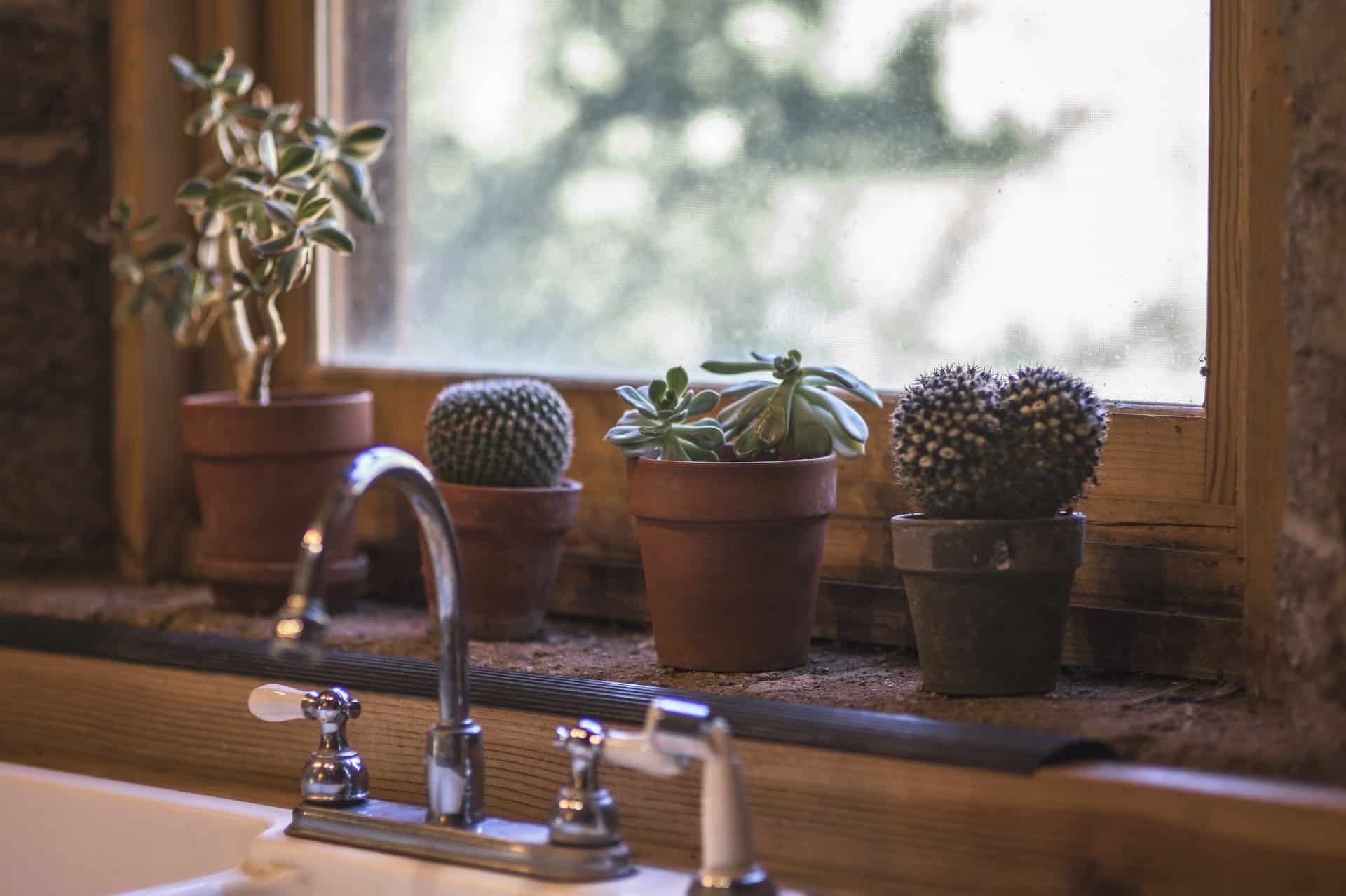Making the home safer for seniors and those with disabilities is a concern all caregivers share. In this first of a five-part series, we explore the components to a well thought out kitchen.
Rethinking the kitchen with a view to accessibility makes sense and reduces the risk of injuries and falls in this area of the home. The kitchen can be a particularly dangerous place for seniors with mobility issues and disabilities, often posing a significant risk of injury.
Safety can be a barrier to autonomy for many seniors, especially those with physical disabilities or mobility issues. Considering that falls are the leading cause of fatal injury among seniors, it makes good sense to look at home adaptations, augments, and mobility devices that make the home a safer place. Start your assessment in the kitchen, which has inherent obstacles and challenges for many seniors.
Rethinking the kitchen with a view to accessibility includes taking a second look at:
Lighting
It is estimated that around 30-50% of senior falls are due to environmental factors, including poor lighting. Furthermore, an existing disability or physical limitation increases this statistic, making illumination even more integral to well-being.
Flooring
Another environmental element that is easily remedied is your flooring; do you have carpet, rugs, or floor coverings? These present an increased fall-risk for seniors living independently. The best flooring for anyone with physical limitations is smooth, hard surfaces, such as wood, linoleum, or tile.
Counters
Keep counter height in mind when evaluating the kitchen; are the counters at the right height for those primarily using them? If the individual uses a mobility device, such as a wheelchair, scooter, or walker, it will be important to assess these aids to determine the best height to prevent injury or discomfort for the user.
Cabinetry
A potential problem in any kitchen is in the cabinetry; reaching in and under, up and over to find specific items can pose risks – especially to seniors. Talk to mobility experts about pull outs and lazy Susan-style implements to make cabinets accessible and convenient for those that have physical limitations.
Storage
When it comes to kitchen storage, reaching in the pantry can also be hazardous. Some options to make overhead storage more feasible include; reaching-tools and ‘grabbers.’ These are inexpensive and prevent falls or injuries that result from extending, over-extending, and hyper-extending.
Rethinking the kitchen reduces the risk of injury
Don’t overlook the potential for fires and hazards in the kitchen; seniors are two-and-a-half-times more likely to become injured or die in a house fire. Make sure that your senior’s kitchen is as safe as it can be and that it is free from common fire hazards that contribute to the mortality rate of the over-65 demographic and that – at the very least – compromise the independence of the individual.
Some other things you can do to make your kitchen safer are:
- Ensure seniors can operate a fire extinguisher before an emergency occurs. Don’t have one? Pick-up two inexpensive, one-time use extinguishers at a hardware store and use one for a practice run.
- One of the biggest causes of fire is unattended cooking; invest in a timer or automatic shut-off for basic kitchen appliances.
- Buy two-handled cookware to make it easier to manage and maneuver pots or pans during cooking. Remind seniors to keep handles pointed in, to prevent spills and nasty burns.
- Avoid wearing loose-fitting clothing or apparel that has long strings or belts that can catch on things, cause a fall, or contribute to a fire. When preparing or cooking food, insist seniors wear clothing that fits snugly.
- Keep kitchen surfaces clean and free of grease that can accumulate – especially in smaller kitchens. Use a cleaning solution and hot water to melt away grease that could cause fire hazards later.
- Clutter can pose a fall-risk anywhere in the house, and this danger is increased in a kitchen, where you could potentially have hot pans, boiling water, or other hazards. Get rid of clutter in the kitchen area, keeping a clear path through the work area or ‘triangle’ to make it safer.
- Make a note on the calendar to test the smoke detector every month or so; check the batteries routinely and test it to make sure it works. Also, invest in a CO2 detector if you don’t currently have one. This acts like a smoke detector but can warn seniors of dangerous carbon monoxide in the air which can be fatal.
Tackle the kitchen to ensure accessibility, safety, and reduced risk of injury in your – or your senior’s – home. Use these tips to create a safe and comfortable environment that facilitates and fosters autonomy. Talk to providers about additional efforts that you can make, and speak to the experts regarding mobility aids that increase access, improves safety, and preserves independence today.
President, Husband, Father, Grandfather Graduate of UC Davis- Bio Sci Major- Go Aggies! Jeff has extensive experience in all of Pacific Mobility’s products and services, and specializes in accessibility products as well as stairlifts, ceiling lifts and custom wheel chairs. His hobbies include spending time with family, gardening, mountain biking, exercising and off road motorcycle riding.
24 years as Owner/President of Pacific Mobility Center – selling, installing, and servicing stairlifts, porch lifts, ceiling lifts, pool lifts, handicap ramping, specialty wheelchairs, scooters, power wheel chairs, and other power mobility devices
Certified Environmental Access Consultant since 2008
Licensed General Contractor since 1998
Certified Aging in Place Specialist since 2016
Board Member for Home Access Professionals
Member of Association of Members of the Accessibility Equipment Industry (AEMA)




